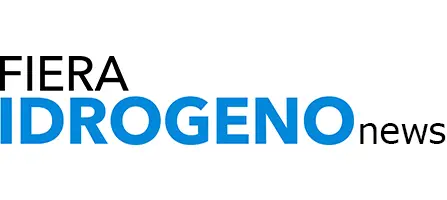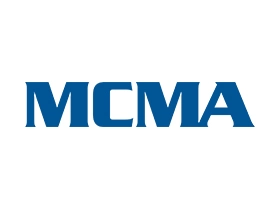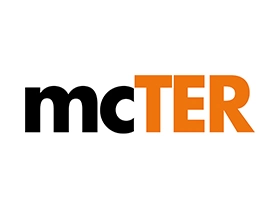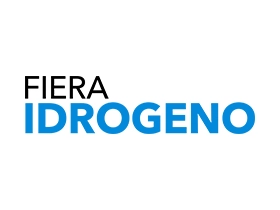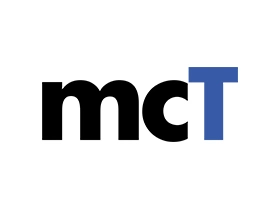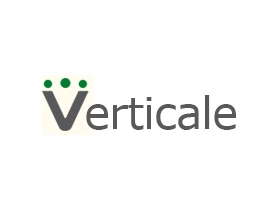Electrical Design in Hydrogen production
Giuseppe Grassi - Derec Consulting
Sommario
(in lingua inglese)
- Hydrogen and Renewable energy plants: why?
- Green Hydrogen and Electrical Design
- Power Quality Requirements (THD, PF, DC Ripple)
- Hydrogen Production Electrolysis Technologies
- DC Power Supply technologies
- Electrolysers and Renewable Energy Plants
- PV plant and Hydrogen production "off grid"; "DC/DC connection"
Hydrogen and Renewable energy plants: why?
- Renewable energy plants are characterized by an uncertainty of the availability of energy when it is required compared to the time when it is actually available
- The "on-site exchange", that is the injection of excess energy into the grid, has proved less and less convenient from an economic point of view
- The introduction of storage systems has improved both self-consumption and the convenience of selling energy on a deferred basis.
- The production and storage of hydrogen (for P2G or P2P use) can be a valid storage alternative to electrochemical systems (batteries).
Green Hydrogen and Electrical Design
Green Hydrogen is produced by electrolysis of water that require a DC power supply.
There are different solutions for the selection of the right power supply design based on required performances and integration with the grid and renewable energy plants upstream.
Battery storage are often coupled with electrolysers to improve the stability and continuity of the renewable energy plant. DC Disconnectors are mandatory for safety and maintenance purposes
Power Quality Requirements (THD, PF, DC Ripple)
Electrolyser's stacks require DC voltage with a small ripple (usually lower than 5%) to assure the best performances such as operating life and efficiency.
High Power factor is an important requirements because it is mandatory when connected to the grid (usually higher than 0.95) and because allow to have the strict min required size of transformers (kVA). Harmonics generated by the converter (measured with THD or TDD) must be limited to avoid instability upstream on the grid.
Hydrogen Production Electrolysis Technologies
- Alkaline Water Electrolysis (AWE)
- Alkaline Water with Anion Exchange Membrane Electrolysis (AEM)
- Proton Exchange Membrane Electrolysis (PEM)
- Solid Oxide Electrolyser Cell (SOEC)
The selection of electrolysys technology is the result of the evaluation of quantity and quality of H2 produced, type of energy and water available, efficiency and CAPEX/OPEX. Each technology has got its own characteristics to match with a certain power conversion technology. DEREC Consulting is your ideal partner to define hydrogen production system specification.
Attached, you can download the full pdf of the presentation.
- Renewable energy plants are characterized by an uncertainty of the availability of energy when it is required compared to the time when it is actually available
- The "on-site exchange", that is the injection of excess energy into the grid, has proved less and less convenient from an economic point of view
- The introduction of storage systems has improved both self-consumption and the convenience of selling energy on a deferred basis.
- The production and storage of hydrogen (for P2G or P2P use) can be a valid storage alternative to electrochemical systems (batteries).
Green Hydrogen and Electrical Design
Green Hydrogen is produced by electrolysis of water that require a DC power supply.
There are different solutions for the selection of the right power supply design based on required performances and integration with the grid and renewable energy plants upstream.
Battery storage are often coupled with electrolysers to improve the stability and continuity of the renewable energy plant. DC Disconnectors are mandatory for safety and maintenance purposes
Power Quality Requirements (THD, PF, DC Ripple)
Electrolyser's stacks require DC voltage with a small ripple (usually lower than 5%) to assure the best performances such as operating life and efficiency.
High Power factor is an important requirements because it is mandatory when connected to the grid (usually higher than 0.95) and because allow to have the strict min required size of transformers (kVA). Harmonics generated by the converter (measured with THD or TDD) must be limited to avoid instability upstream on the grid.
Hydrogen Production Electrolysis Technologies
- Alkaline Water Electrolysis (AWE)
- Alkaline Water with Anion Exchange Membrane Electrolysis (AEM)
- Proton Exchange Membrane Electrolysis (PEM)
- Solid Oxide Electrolyser Cell (SOEC)
The selection of electrolysys technology is the result of the evaluation of quantity and quality of H2 produced, type of energy and water available, efficiency and CAPEX/OPEX. Each technology has got its own characteristics to match with a certain power conversion technology. DEREC Consulting is your ideal partner to define hydrogen production system specification.
Attached, you can download the full pdf of the presentation.
Video
Fonte: Fiera Idrogeno ottobre 2023 Idrogeno oggi e domani: esperienze concrete e casi applicativi
Mercati: Chimica, Petrolchimica, Plastica
- mcT ATEX Antincendio
- MASE - Ministero dell'Ambiente e della Sicurezza Energetica
 English
English
